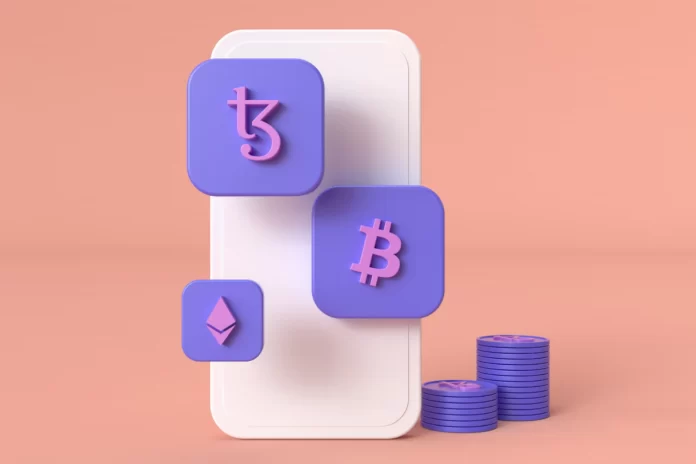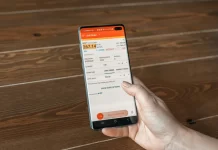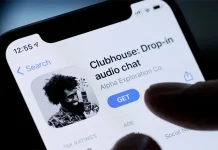The cryptocurrency boom has stimulated the development of another unexpected trend – NFT auctions. Artists, musicians, and representatives of the technological sphere sell digital copies of memes, avatars, and video clips for millions of dollars, and it seems that any user can repeat their success.
What do you need to create an NFT
Of course, first of all, you will need the object to which the token will be attached. And it’s its uniqueness and exclusivity that determine the final price of the NFT. It can be a gif you create, an image, a creative video, or a song. In general, anything that you think can interest other users.
However, NFT can be made not only by digital objects but also by real things. For example, you can use tokens to sell your own stamp collection, a sculpture, or a real painting. This isn’t common practice yet, but that’s sure to change in the future.
Moreover, to create an NFT, you need a cryptocurrency wallet and a stock of coins, which may be needed to pay the commission. Although the latter isn’t always necessary – some platforms allow you to create tokens for free if you don’t plan to sell them.
Which blockchain platform to choose
At first, all transactions with non-mutually exchangeable tokens were made through Ethereum. These days, however, many other blockchains have joined Ethereum, including Tron, Tezos, Binance Smart Chain, and Polkadot. And the type of blockchain determines which platform you use.
Nevertheless, the choice of the platform itself is mostly a matter of convention. Most NFTs are created in BEP-721 or BEP-1155 format, and the choice of platform depends primarily on which marketplace you’re most comfortable using, and what terms it offers.
Juggerworld
This platform allows the creation of non-interchangeable tokens according to BEP-721 or BEP-1155 standards. It uses Binance Chain or another BCS-compatible wallet. NFT is charged at the time of its creation, and only after that can the token be added to your collection and placed on the marketplace.
OpenSea
This is one of the most interesting platforms for beginners. The thing is that it uses the ERC-1155 standard and doesn’t require any commission when creating an NFT. The only condition is that the token mustn’t be created for sale.
If you decide to put it in the marketplace, then you can’t do without a commission. It’s deducted from the cryptocurrency wallet attached to the account and depends on the time of day.
Treasureland
The main feature of the platform is that you don’t pay any money to create an NFT even to sell it – all the costs fall on the shoulders of the buyer. Although there are pitfalls here as well. If you decide to give your token to another person for free, you will be charged a fee.
BakerySwap
To create an NFT on the BakerySwap platform you will need to pay a fixed fee of 0.01 BNB. Therefore, before all manipulations, make sure that you have the necessary amount in your wallet.
How to create an NFT
The NFT creation process is almost identical on all platforms and differs only in small interface features, supported coins, and cryptocurrencies.
It all starts with a simple registration in the platform with authorization through MetaMask Wallet or Trust Wallet. After registration or authorization, find the “Create” button on the main page, upload the digital objects that you want to link to the token, and add their description. Users have the option to create individual NFTs as well as collections of them.
The most common type of art among NFT authors is fine art. This can be not only paintings but also rare calendars and prints, photos.
Audio, video and 3D models can also be tokenized. Any files that can be converted to PG, PNG, GIF, SVG, MP4, WEBM, MP3, WAV, OGG, GLB, and GLTF (these formats are supported by the OpenSea platform, which will create and host your NFT).
Then agree to the declaration against plagiarism and pay the fee (if any). The token may appear in your collection and a short delay is necessary to check it for plagiarism. Once you have created an NFT, you can use it alone, put it up for sale, or give it to another user. In some cases, you will have to pay a fee.
How to send an NFT to another person
Once you’ve created or purchased an NFT, you can send it to another person. The most popular MetaMask and Trust Wallet have this feature built-in, but make sure the recipient uses the same type of wallet before sending.
Just log into the NFT section of your wallet and fill in all the necessary details, while learning the correct address for your token type in advance from the recipient. In other words, if your NFT is of the ERC-721 standard, then the input address should match ERC-721 as well. However, don’t forget that if you created your token at Treasureland, you will be charged a fee for the free transfer of your token.
The growing popularity of NFT gradually leads to the simplification of token creation and circulation, as is the case with all mass-produced products. And, in general, this process depends little on the blockchain platform you use. No special knowledge is needed, and all that’s required from users is essentially a project that can interest buyers and a cryptocurrency wallet with some amount of coins. That’s the price to enter the promising NFT market.
The prospect of making money from NFTs seems very tempting, but like cryptocurrencies, they’re quite a risky asset. Now they’re growing in price, but it’s quite difficult to predict the dynamics of how their price will change in the long term.






